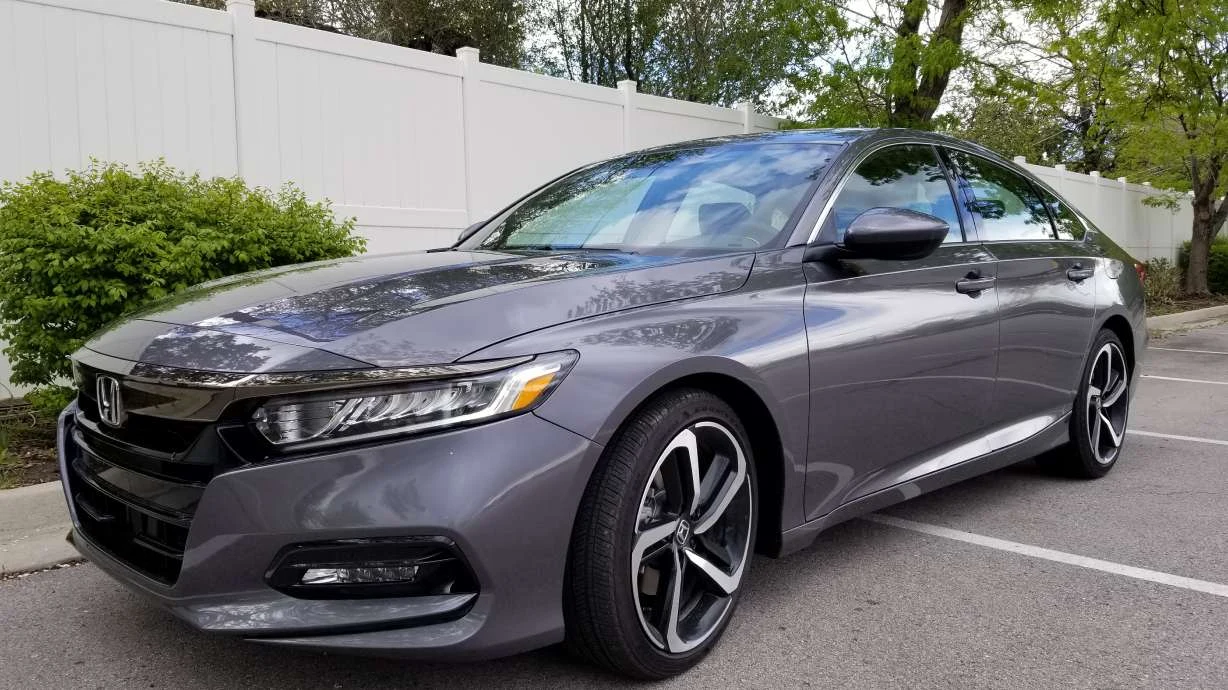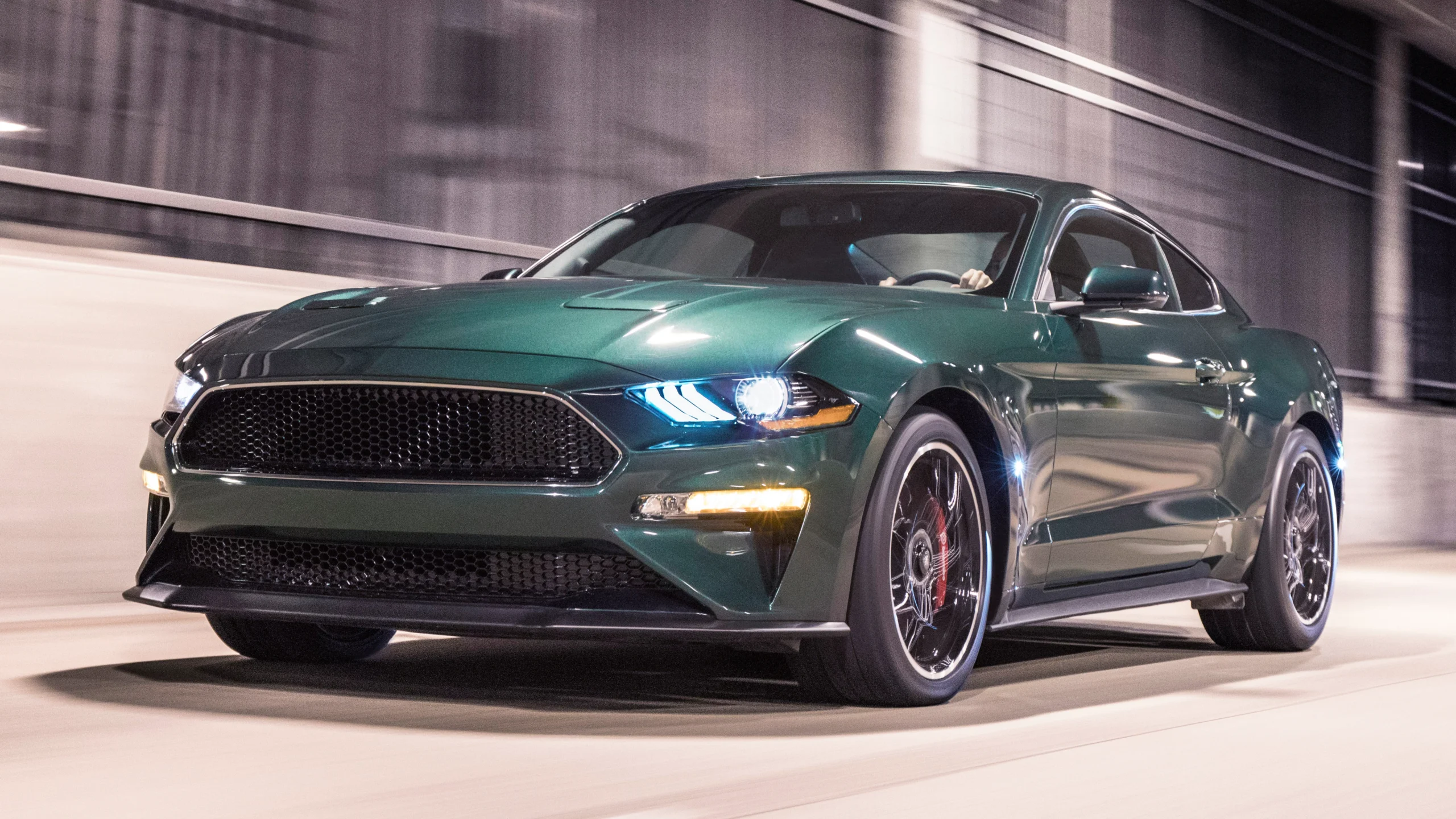The RV life is all about freedom, exploration, and having your home on wheels wherever adventure calls. But what happens when you reach that perfect national park or charming small town? Maneuvering a giant motorhome for a quick grocery run or a sightseeing tour is, let’s face it, a pain. That’s where the concept of “dinghy towing,” or flat towing, comes in. Simply put, flat towing is pulling a second vehicle behind your RV with all four wheels on the ground. It’s the ultimate convenience, but choosing the right vehicle—your “toad” or towed vehicle—is absolutely paramount. Get it wrong, and you risk a catastrophic transmission failure; get it right, and you unlock a world of seamless travel. We’ve analyzed the specs, consulted the RV community, and distilled the list of the best vehicles to flat tow so you can tow with confidence and drive with joy.
Comparing the Best Vehicles to Flat Tow
| Vehicle Model (Select Years/Trims) | Best For | Typical Tow Configuration | Key Feature/Pro | Approximate Curb Weight (lbs) |
| Jeep Wrangler (4×4) | Off-road Adventure, Ease of Setup | 4WD with Neutral Transfer Case | Easiest setup, maximum off-road capability. | $3,948 – 5,268 |
| Ford F-150 (4WD) | Utility, Cargo Space | 4WD with Neutral Tow Mode | Heavy-duty hauling at the campsite. | $4,343 – 5,863 |
| Chevrolet Colorado/GMC Canyon (4WD) | Mid-size Truck Utility | 4WD with Neutral Transfer Case | Excellent mid-size balance of utility and weight. | $4,167 – 4,910 |
| Jeep Grand Cherokee (4WD w/ 4WD Low) | Comfortable SUV, Luxury | 4WD with Neutral Transfer Case | Smooth highway ride, ample interior space. | $4,394 – 4,784 |
| Chevrolet Equinox (Select AWD) | Fuel Economy, Compact SUV | AWD (following specific steps) | Great daily driver, good balance of size/weight. | $3,514 – 3,896 |
| Ram 1500 (4WD) | Full-Size Comfort | 4WD with Neutral Transfer Case | Smoother ride quality due to coil springs. | $4,994 – 6,283 |
| Ford Ranger (4WD) | Modern Mid-size Truck | 4WD with Neutral Transfer Kit (some trims) | A reliable, modern mid-size truck option. | $3,922 – 5,325 |
| Ford Bronco (4×4) | Retro Style, Off-road Capable | 4WD with Neutral Transfer Case | High-demand option with serious off-road prowess. | $4,337 – 4,945 |
| Chevrolet Spark (Manual) | Budget, Absolute Lightest Weight | Manual Transmission in Neutral | Minimal impact on RV fuel economy. | $2,246 – 2,278 |
| Honda CR-V (Pre-2015 Models) | Reliability, Used Market Value | Older Automatic Transmission | A used-market legend for flat towing. | $3,358 – 3,478 |
The “Why” and “How” of Flat Towing
Before diving into the list, it’s essential to grasp the mechanism behind flat towing. Unlike dolly towing (where two wheels are off the ground) or trailer towing (all four wheels are off), flat towing requires a specific vehicle design to prevent damage to the drivetrain.
The Mechanical Crux: Why Not Every Car Works
The critical factor in a vehicle’s flat-towability is how its transmission is lubricated. In most automatic transmissions, the lubrication pump is driven by the engine. When the engine is off and the wheels are spinning, there is no lubrication, which quickly causes the internal components to grind and overheat. This is the surest way to ruin an automatic transmission.
However, certain vehicles are engineered with a dedicated “Neutral Tow” mode. This mode effectively disconnects the drive shaft from the transmission, or in the case of four-wheel-drive (4WD) or all-wheel-drive (AWD) vehicles, places the transfer case into a true neutral position. This mechanical separation is the secret sauce. Generally, manual transmission vehicles are easier to flat tow since the gearbox can be placed in neutral, but with modern vehicles, always, always consult the owner’s manual—it is your single most important source of information! No salesman’s promise or online forum chatter supersedes the manufacturer’s own guidelines.
Crucial Safety Gear: It’s More Than Just a Bar
Flat towing involves more than just a tow bar connecting the two vehicles. To ensure safety and legality, you’ll need:
- A Base Plate: This is a vehicle-specific attachment that mounts to the towed car’s chassis, providing a secure connection point for the tow bar.
- A Tow Bar: The physical connection between the RV and the toad. It must be rated for the towed vehicle’s weight.
- A Supplemental Braking System: Required by law in most states and provinces once the towed vehicle exceeds a certain weight (usually around 1,500 lbs). This system ensures the toad helps slow the entire rig, preventing excessive strain on the RV’s brakes and ensuring shorter, safer stopping distances.
- Wiring Harness: To ensure the towed vehicle’s brake lights, running lights, and turn signals function in sync with the RV’s.
The Champion Contenders: Best Vehicles to Flat Tow
When compiling a list of the best vehicles to flat tow, we look for a few key traits: factory-approved capability, ease of tow setup, versatility at the destination, and manageable weight. The following vehicles are perennial favorites in the RV world for good reason.
The Reigning King: Jeep Wrangler and Jeep Gladiator
If you spend any time at an RV park, you’ll see a dozen of these for every one of any other vehicle. The Jeep Wrangler (in its various forms—TJ, JK, and the current JL) is almost universally regarded as the gold standard.
- Why It Wins: Jeep has consistently designed the Wrangler with flat towing in mind. The 4×4 models with a two-speed transfer case (which includes a neutral setting) make the process incredibly simple. You typically put the transmission in park (or in gear for a manual) and shift the transfer case into neutral. Done.
- The Bonus: Once you disconnect, you have one of the most capable off-road vehicles on the planet, ready to explore backcountry trails where your RV simply cannot go. The newer Jeep Gladiator pickup truck offers the same exceptional flat-tow setup with the added utility of a truck bed.
The Go-To Full-Size Pickup: Ford F-150 and Ram 1500 (4WD)
For RVers who need more hauling capacity or simply prefer a full-size truck as their daily driver, select 4WD models of the Ford F-150 and Ram 1500 are fantastic choices.
- Key Requirement: These full-size pickups must be equipped with the necessary 4WD and a two-speed transfer case that offers a neutral position, often called “Neutral Tow Mode” or “Recreational Tow Mode.” This mode allows the axles to spin freely without turning the internal transmission components.
- The Benefit: You have a massive amount of cargo room and towing capability at your destination, perfect for carrying firewood, bikes, or pulling a boat for a weekend. Just be certain your RV’s Gross Combined Weight Rating (GCWR) can handle the weight of these heavier toads.
The Versatile SUV Workhorses: Jeep Grand Cherokee and Chevy Equinox
Not everyone needs a rugged off-roader or a massive truck. For a comfortable, family-friendly vehicle, several SUVs make the cut. The Jeep Grand Cherokee (4WD models with the Quadra-Trac II or similar 4WD Low system) is a premium option, offering a smooth ride and luxurious interior while retaining that essential neutral transfer case.
For a lighter, more economical option, the Chevrolet Equinox (in specific model years and configurations, often AWD) is a very popular toad. It’s relatively light, easy to set up, and offers enough room for day-trip gear. The Equinox often requires a simple procedure, like placing the transmission in neutral and disconnecting the negative battery cable, which should be done with a dedicated kill switch for convenience.
The Compact and Fuel-Efficient Options: Chevrolet Spark and Select Hybrids
If you’re driving a smaller Class C RV or just want to minimize the weight you drag behind you, compact cars are the way to go. Discontinued models like the Chevrolet Sonic and select manual transmission versions of the Ford Fiesta were once favorites. Today, the Chevrolet Spark (manual transmission) remains a top pick due to its extremely light curb weight and straightforward towing procedure—just pop it in neutral and you’re ready.
Interestingly, some modern hybrid vehicles have become flat-towable. For instance, specific Ford Escape Hybrid and Ford Maverick Hybrid (often FWD only) models are approved, using a specific “Stay-In-Neutral” mode. This is a game-changer for those who want the fuel economy of a hybrid at their destination.
The Checklist: Finding Your Perfect Toad
When hunting for the best vehicles to flat tow, you must adopt an analytical mindset. Here’s your non-negotiable checklist:
- Check the Owner’s Manual: Look for a section explicitly titled “Recreational Towing,” “Dinghy Towing,” or “Towing the Vehicle Behind a Motorhome.” If the vehicle is towable, the manual will detail the exact procedure and any speed/distance restrictions. If that section is missing, the vehicle is NOT approved for flat towing.
- Verify the Drivetrain: As a rule of thumb, only vehicles with a true manual transmission or a two-speed transfer case (with a Neutral setting) in a 4WD system are approved. Most front-wheel-drive (FWD) and all-wheel-drive (AWD) vehicles without a transfer case are not flat-towable, though modern exceptions exist—hence the manual check.
- Calculate the Weight: Your towed vehicle’s curb weight, plus all your gear, must be significantly under your RV’s hitch receiver rating and the overall Gross Combined Weight Rating (GCWR). Towing a 6,000-pound truck behind a small RV rated for 5,000 pounds is not just unsafe—it’s illegal and destructive.
The Final Word on Selecting the Best Vehicles to Flat Tow
Choosing one of the best vehicles to flat tow is the single most important decision you’ll make after buying your RV. It’s a choice that balances utility, weight, and, most crucially, mechanical compatibility. The freedom that flat towing provides—the ability to detach your small car and zip into town while your motorhome stays securely parked—is truly what makes the RV lifestyle so appealing.
From the rugged simplicity of the Jeep Wrangler to the large-and-in-charge Ford F-150, the options are plentiful, provided you adhere to one steadfast rule: Consult your owner’s manual! Investing in the correct, manufacturer-approved vehicle and the proper supplemental equipment means you’ll spend less time worrying about transmission fluid and more time enjoying the sunset from your new favorite campsite. Happy travels!
FAQs: Everything You Need to Know About Flat Towing
Q: Does flat towing add miles to my towed vehicle’s odometer?
A: This depends entirely on the vehicle. Older, mechanically driven odometers often register miles, but most modern vehicles with digital odometers controlled by the vehicle’s computer (and with the ignition off or in accessory mode) will not record the towed miles. Again, check your specific model’s manual. If miles are recorded, you’ll need to factor that into your maintenance schedule.
Q: Do I need to start my toad’s engine during a long tow?
A: For some vehicles, particularly certain Fords and other AWD/FWD models, the manufacturer specifies that you must stop every few hours (e.g., every 6 hours) and run the engine for a few minutes. This is to circulate oil and cool the transmission components. Neglecting this step can lead to damage. If your vehicle requires this, make sure to set a reminder!
Q: Can I flat tow a vehicle with a Continuously Variable Transmission (CVT)?
A: Almost universally, no. CVTs are not designed to be lubricated when the engine is off, and flat towing one will almost certainly cause immediate and irreparable damage. The few exceptions, like specific Ford hybrids, use a special electronic mode that isolates the transmission for safe towing. Always verify in the owner’s manual—if it has a CVT and the manual doesn’t approve it, use a tow dolly or trailer.
Q: Is it okay to flat tow an electric vehicle (EV) or a Plug-in Hybrid (PHEV)?
A: Generally, no. The motor and battery systems in EVs and PHEVs are complex, and the regenerative braking mechanism means the wheels turning can feed energy back into the system in a way that is not intended while parked or off. Most manufacturers strictly forbid flat towing and require full flatbed trailering. As hybrid technology evolves, a few specific PHEV models (like some Ford Escape PHEVs) have been approved, but this is a very rare exception.
I’m Waqas, an electric vehicle enthusiast and tech writer with over 6 years of experience covering the EV industry. I write in-depth articles, comparisons, and reviews to help readers understand the fast-evolving world of electric mobility. From battery technology to EV launches and charging trends, I aim to make complex EV topics simple, engaging, and informative for everyday drivers and curious readers alike.






